#By Douglas Klug
The benefits of upgrading from a point and shoot type camera for underwater photography are obvious. The increased control over images and the ability to choose a single lens for a specific type of shooting usually mean better results. I like to call it the pursuit of “wall worthy” images, and for many divers the gold-standard system for these images was some type of DSLR platform.
But what about modern technology and the AI inspired camera platforms available today? As a dedicated DSLR shooter for years, I was familiar with how to use the settings on my camera to make the image I wanted, but some of the features available on the newer and sleeker mirrorless cameras were appealing. Earlier this year, I decided to give it a go and upgraded my Canon T8i APS-c sensor DSLR to a Canon R7 APS-C sensor mirrorless inside an Ikelite Underwater Housing # 69746. Initially, I kept my trusty DS161 strobes, but about half-way through the exploration of this new system, I also upgraded my strobes to a set of DS232’s. Other than the change in strobes, my system remained largely the same… the lenses I was using were the same ones I used with the t8i DSLR. Wide angle images were shot with a Tokina 10-17mm apc lens and the macro shots done with Canon’s 100mm f/2.8L IS lens.
Over the past several months, I’ve been fortunate enough to try out the mirrorless system in a variety of environments and shooting situations including my home reefs around the Channel Islands National Park, the island of Bonaire in the Netherlands Antillies, and the Hawaiian island of Maui.
Here’s some of what I found out after making the change.

System Size
This was an obvious win. The R7 fits in Ikelite’s DLM housing, which is about 50% smaller in volume and weight than their DL housing. The DLM housing uses smaller lens ports, but the ports still accommodate the same lenses. This smaller size makes packing the R7 housing for travel much simpler and takes up less of the coveted space in the post-dive rinse bin.

The speed at which this male jawfish flushed its egg mass made it a challenge to keep everything in focus, but the R7’s subject tracking kept up nicely. Bonaire © Douglas Klug
Focus & Subject Tracking
The auto-focus speed of both the t8i and the R7 were comparable, and they both liked to grab contrasting points or lines in the frame. That’s where the similarities ended. On the DSLR t8i, the shooter is actually looking through the lens by way of a mirror inside the camera body. This gives the ability to watch and wait with the composition already set, then use the autofocus to lock in on the subject when it’s in the right position to get the desired image. The fundamental difference between a DSLR any mirrorless camera is that missing mirror. Instead of looking through the lens, the shooter is looking at a screen projection of what the sensor sees through the lens, whether inside the camera through the electronic viewfinder (known as an EVF) or on the back LCD display. This is one of the biggest learning curves to a mirrorless camera and anyone making the switch like I did will spend some time fine-tuning the settings, especially in the power management area.
Once you get used to the EVF display, the R7 uses some pretty advanced AI for eye-detection and subject tracking that takes some of the challenges out of shooting a moving subject. This feature is great and really does a nice job of identifying and tracking the subject when and if it moves within the frame. The tracking made for crisp focus points on moving or multiple subjects in both wide angle and macro shooting.
Here’s some examples of how the subject tracking played out with some of the most challenging macro shooting around the Channel Islands National Park.

Spanish shawl nudibranchs like this are quite common but keeping them in focus when the surge is whipping them back and forth can be tricky. With the R7’s subject tracking, it was almost like cheating. © Douglas Klug


I shot a series of the territorial battle between these island kelpfish that lasted 15 minutes while the combatants writhed and flipped around on the reef. The R7’s subject tracking helped me follow them and keep the series in focus. © Douglas Klug
Power Management
For long time DSLR shooters, this is probably the hardest thing to get used to. With the DSLR t8i set to go to sleep after 5 minutes of inactivity, I could do four 60-70 minute dives in a day without having to change a battery. That’s not the case with the R7 and I found myself having to change some settings, and even the way I was diving the camera, to make it last.
I found that the subject tracking and continuous auto-focus seem to use quite a bit of energy. I liked the subject tracking and chose to keep it active, but the continuous auto focus was easy to disable and not really necessary for most underwater photographers since we tend spend time hunting for subjects. Also, surprisingly, the EVF drains the battery faster than the LCD display on the back and I rely heavily on the EVF when shooting macro.
Here's some examples of macro shots that came out nicely once I found the subject.

Off the Island of Maui, pipefish are often hidden in holes. By hunting around with the camera powered down, I had the battery power to use the image and eye tracking features and get the shot. © Douglas Klug

On SoCal Reefs, juvenile treefish like are so tiny that they hide in dark crevices to avoid predators. When I found this one, I was able to power up the system and take advantage of the subject tracking to make the image. © Douglas Klug
For wide angle shooting, I tend to shoot off the LCD screen and leaving it active didn’t impact my battery life nearly as much as the EVF. I could get three 60 minute dives off the battery without problems when shooting wide angle, as long as I remembered to turn the camera off between dives. This meant that I could have the camera on and pre-set for whatever opportunities might swim into view during a wide-angle shooting dive, and was ready for the shot.
Here's some examples from California’s Channel Islands and the Island of Maui, Hawaii.

While diving SoCal reefs, having everything set to view on the R7’s LCD screen allowed me the timing to capture this female sheephead wrasse as she came around the edge of a golden gorgonian. © Douglas Klug

On the reefs around Maui, Hawaii octopus venture out in the daytime but rarely stay in one spot very long. Having the R7’s LCD screen set up to compose and shoot quickly made all the difference when this slid across the reef. © Douglas Klug
Shooting Speed and Shutter Performance
Other than size, this was probably the most noticeable difference in shifting to a mirrorless R7 from the t8i DSLR. Almost all experienced underwater shooters will tell you to shoot in “burst” or “continuous” shutter mode, and I definitely subscribe to that theory. The high-speed continuous shooting on the R7 is crazy fast. Depending on the selected settings, the camera is capable of 30 still frames per second. The tradeoff was that the shutter on the mirrorless R7 is extraordinarily sensitive, when compared to what I was used to on the DSLR t8i. Using the ½ press shutter to engage the camera’s autofocus was tricky in the beginning and I found myself accidentally shooting bursts of images when I was just trying to focus. “Back-button” focus is all the rage with many shooters, and when I experienced the sensitivity of the R7 shutter, I started to see why. Though I played with the back-button focus a bit, I found that after a few dives the muscles in my hand learned to work with the R7 shutter and I was able to auto-focus just fine using the ½ press on the shutter. The rapid fire high-speed continuous really helps the camera freeze things like sunbeams, which are there for an instant and then gone.
Strobe Performance
The other big improvement I noticed came with new strobes. When shooting with the DS161 strobes in high-speed continuous shooting, it wasn’t unusual for the 4th, 5th or 6th frame to be black because by that point in the “burst” of images, the strobes had discharged all their power and needed to recharge. With the DS232’s, I didn’t see that issue. I knew the newer strobes had more capacitors and would store more energy, but I was surprised by how much that helped out with lighting. On an average day of shooting, I have a shutter count of around 100 by shooting bursts of 5-6 frames on a given subject. The newer strobes kept up with this type of shooting so well that there was never a black frame. If I held down the shutter for a 20 or 30 frame burst, at some point the camera would shoot past the strobes, but a 5 or 6 frame burst is all most shooters need and the next generation strobes keep up with that just fine.
Here's some examples of how the combination of faster “burst” shooting and strobes that keep up let me grab some stunning sunburst images from SoCal kelp forests and Hawaiian reefs.

Sun rays slice through a kelp forest canopy at Anacapa Island in the Channel Islands National Park. The R7’s rapid fire burst captured ever-changing sunbeams at just the right moment, while the DS232’s filled in the shadows in the kelp forest. © Douglas Klug

A green sea turtle dives down onto a reef off the island of Maui, Hawaii. Despite shooting into the sun, the combination of the R7’s rapid fire burst and the DS232’s ability to keep up with it lit the reef and turtle nicely while capturing the flickering beams of sunlight. © Douglas Klug
Would I do it again?
I had always been happy with the end product with from the t8i DSLR, but the some of features mirrorless R7 were attractive to me. For shooters looking build a solid system that will not only grow with them, any of the mirrorless cameras available on the market today will offer similar benefits and advanced technology over the older DSLR systems. These advances still won’t take the photo for you, but with some practice they’ll help you take even better photos than you could have with older systems.
Additional Reading
Canon EOS R7 Underwater in the Bahamas [VIDEO]
Burst Shooting DS230 Strobes & Canon R7
Canon R7 // Underwater Housing Assembly Ikelite 200DLM [VIDEO]
Bringing Out the Colors of Fiji: "Soft Coral Capital of the World"
Underwater with the Canon RF 100mm Macro Lens and EOS R5
Colors in Cold Water: 6 Tips for Shooting Macro in Southern California
DSLR To Mirrorless | How Making the Switch Improved My Photography
BURST shooting // Using Drive Mode to your advantage underwater [VIDEO]

Douglas Klug has been diving California’s Channel Islands for over 30 years as a SCUBA diving instructor and underwater photographer in Santa Barbara, CA. Doug specializes in underwater photography within the kelp forest environment. His photo-essays have been published in print world-wide, including articles in California Diving News, DAN Alert Diver, and Dive Training. Doug’s images have been used in many publications and by the US National Park Service, US National Marine Sanctuary, the Monterey Bay Aquarium, Google, and Microsoft. Doug even does live talks on underwater photography for dive clubs and museums in Southern California. See more...


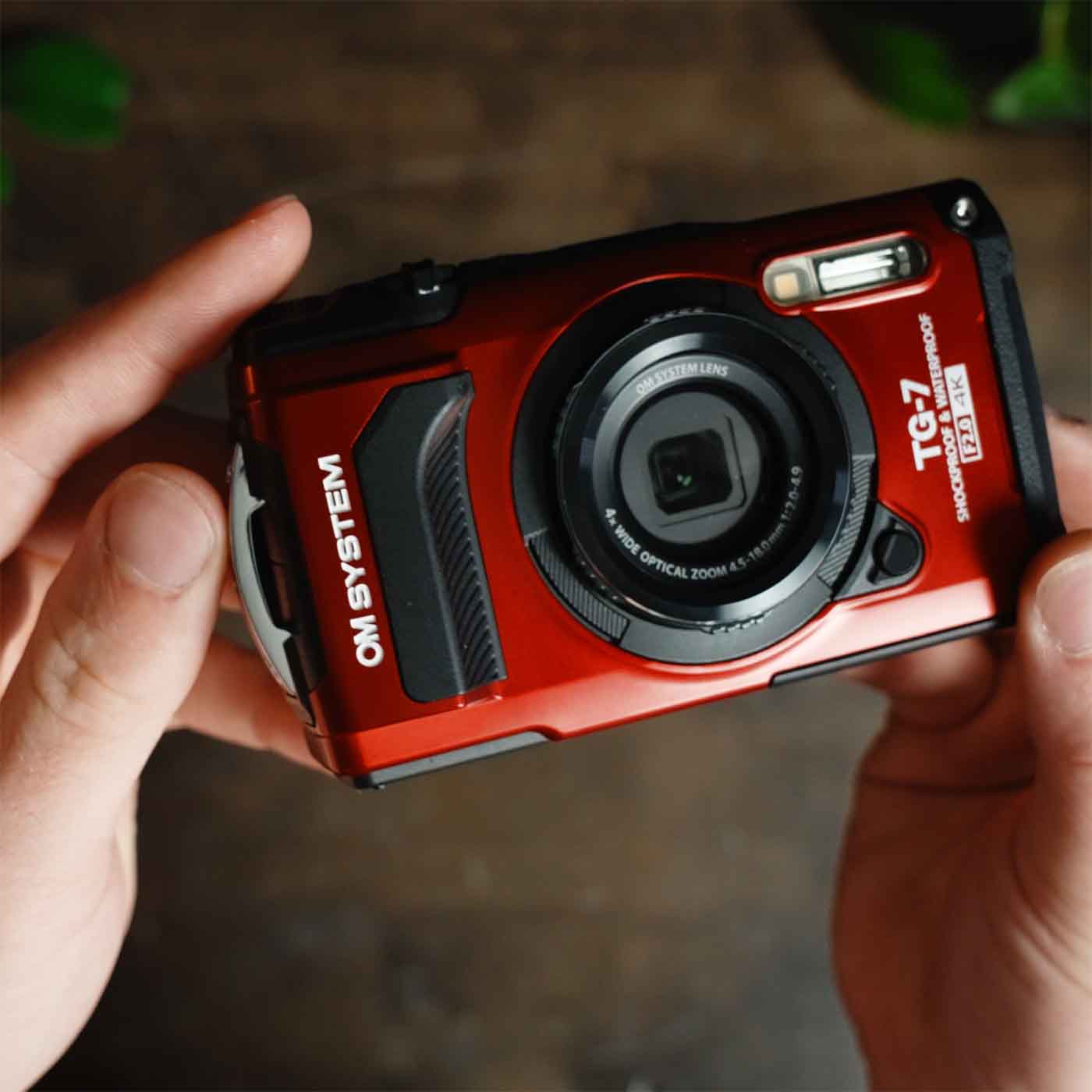
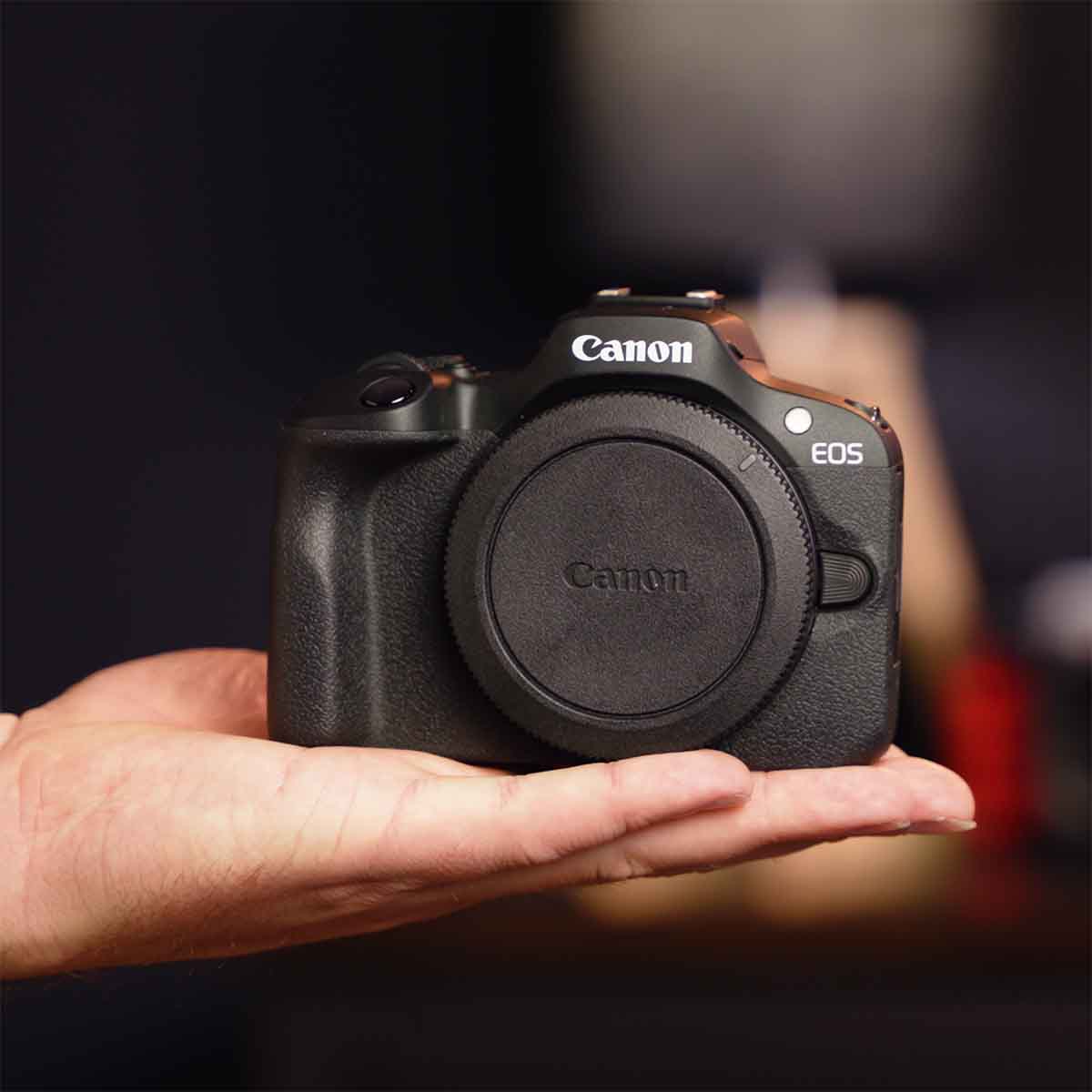
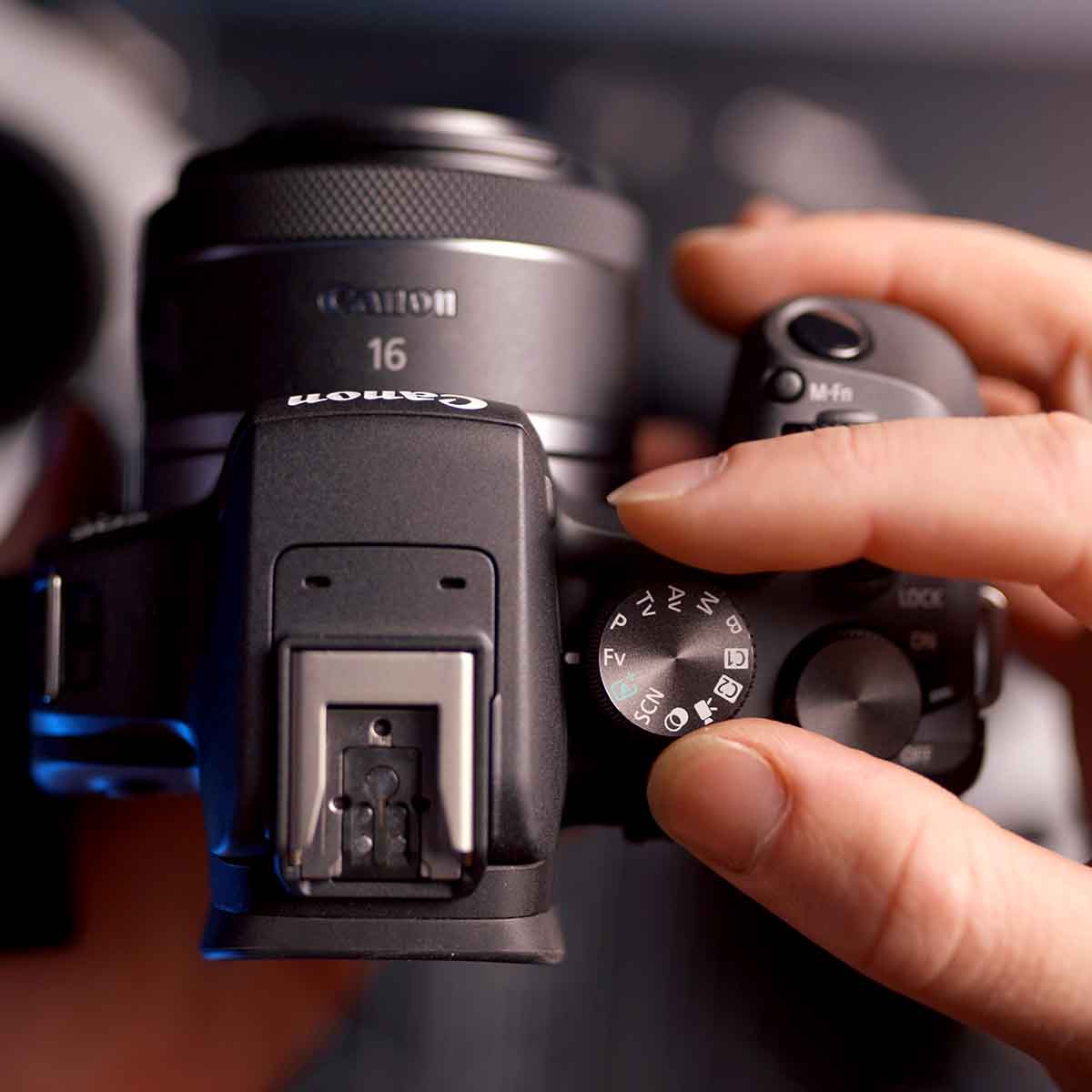
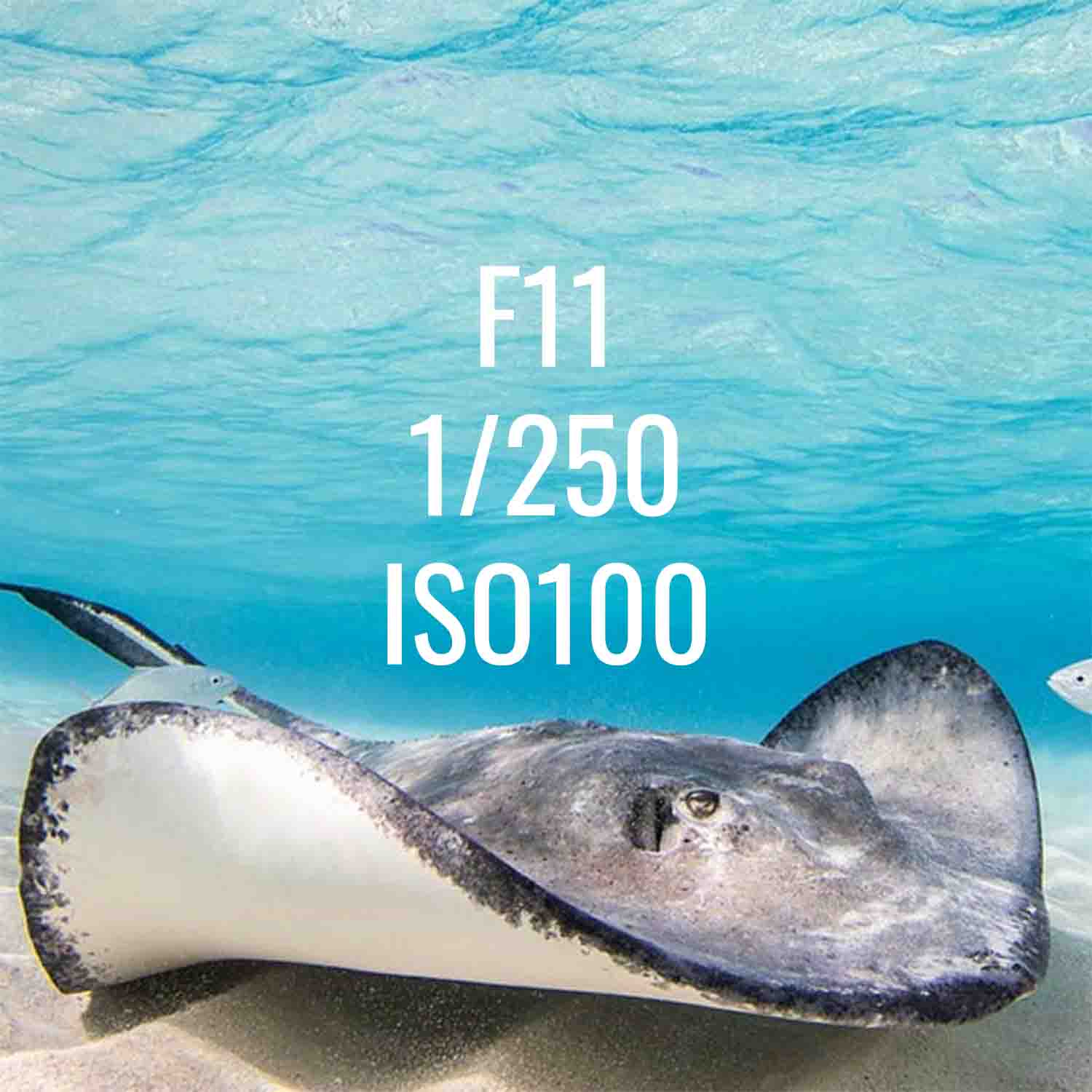
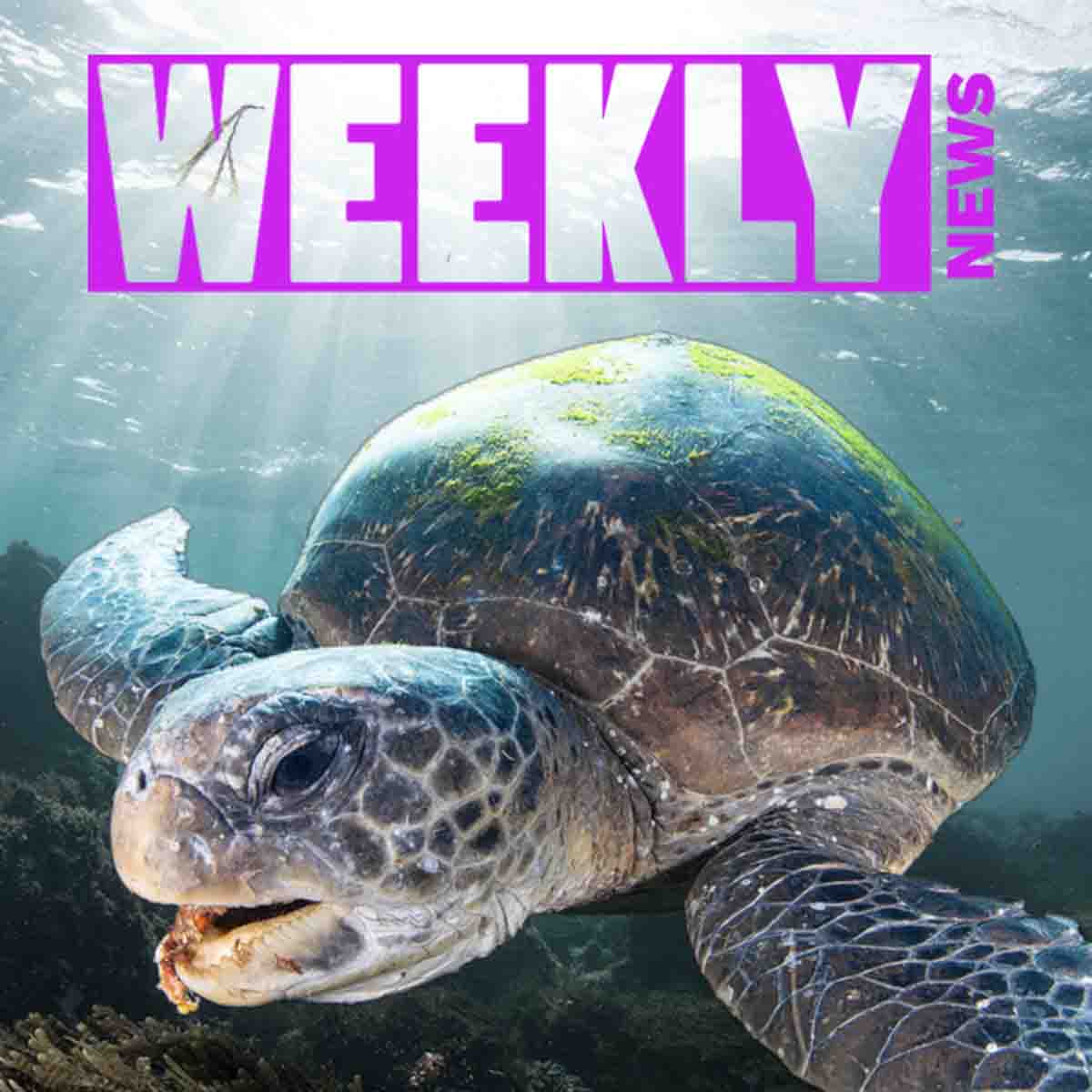
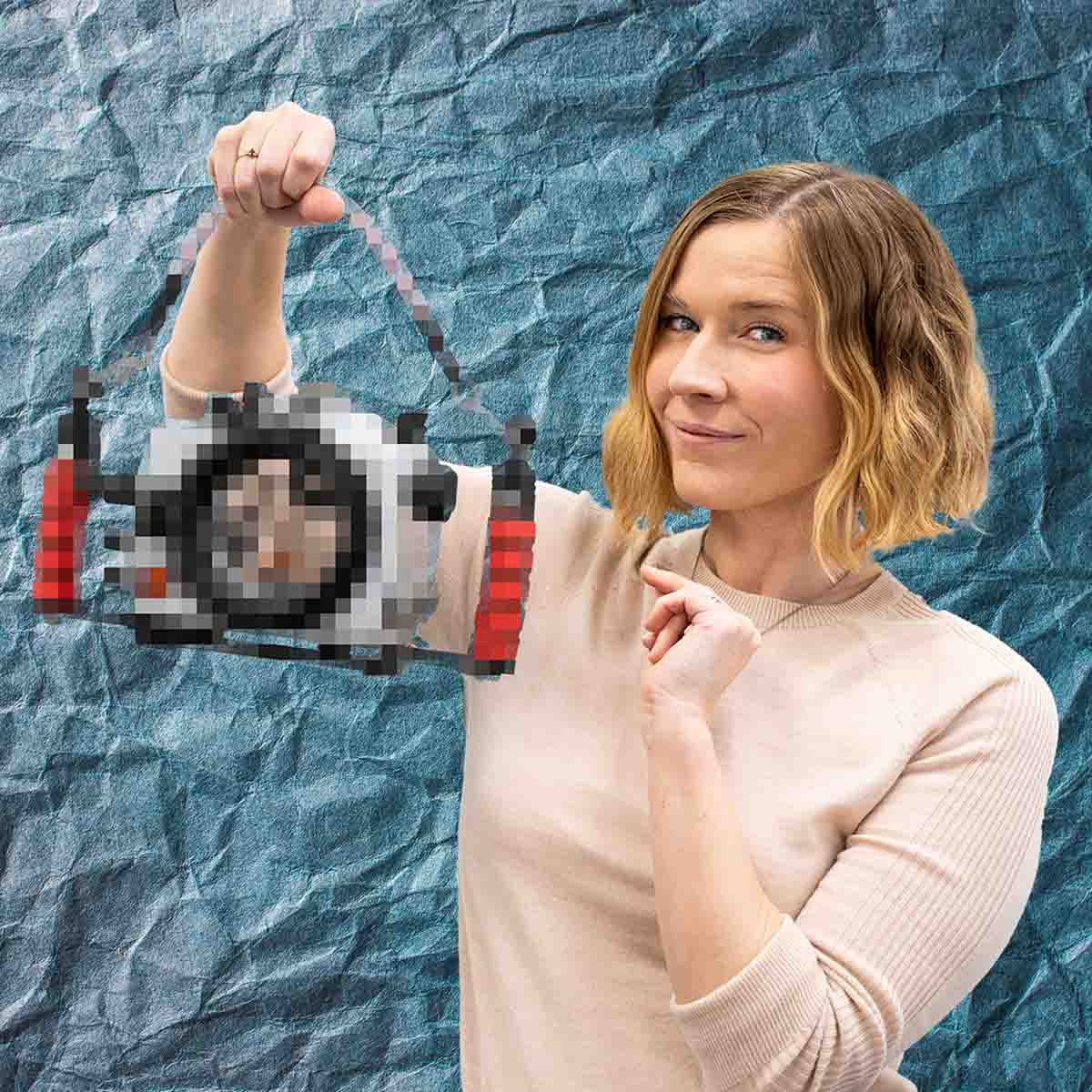
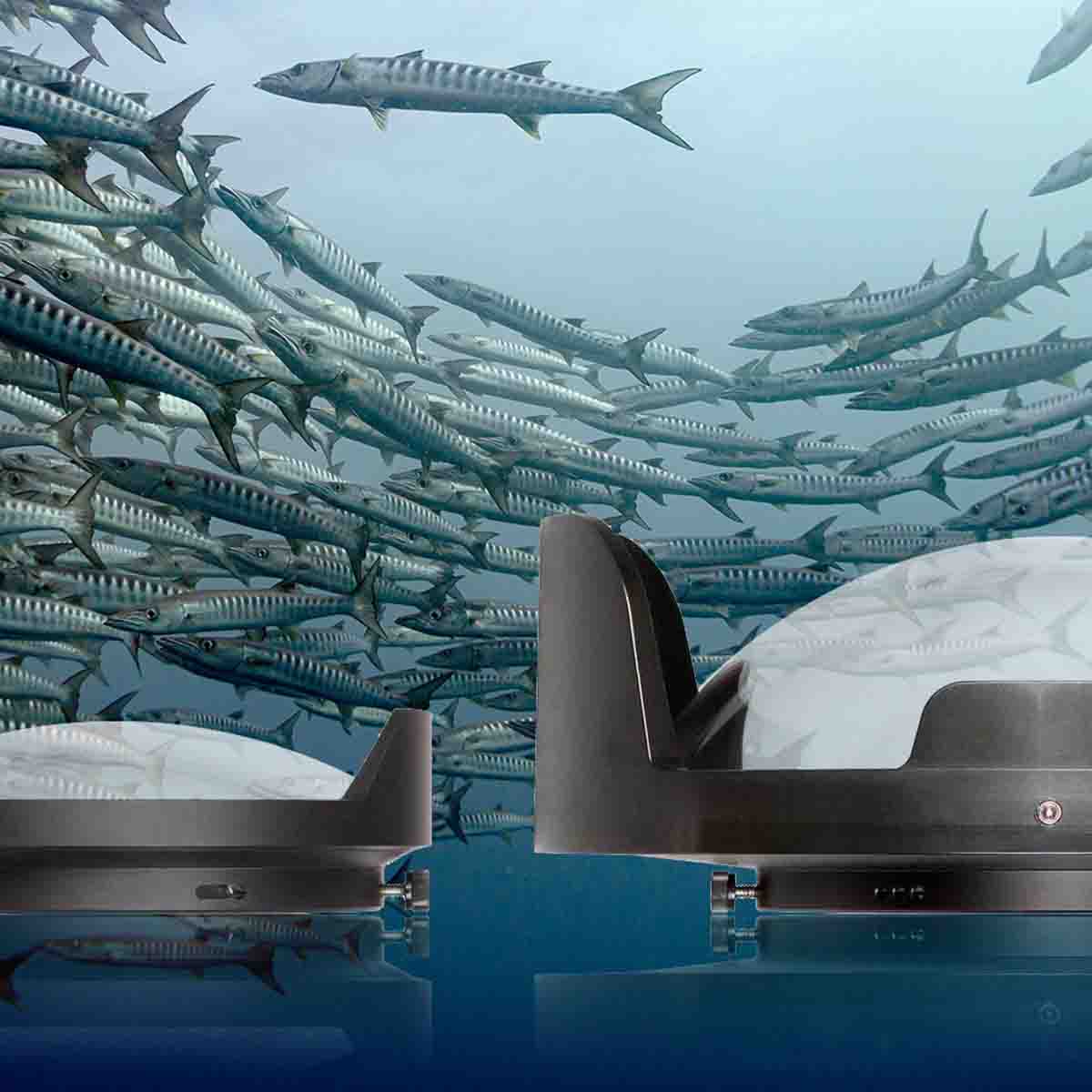
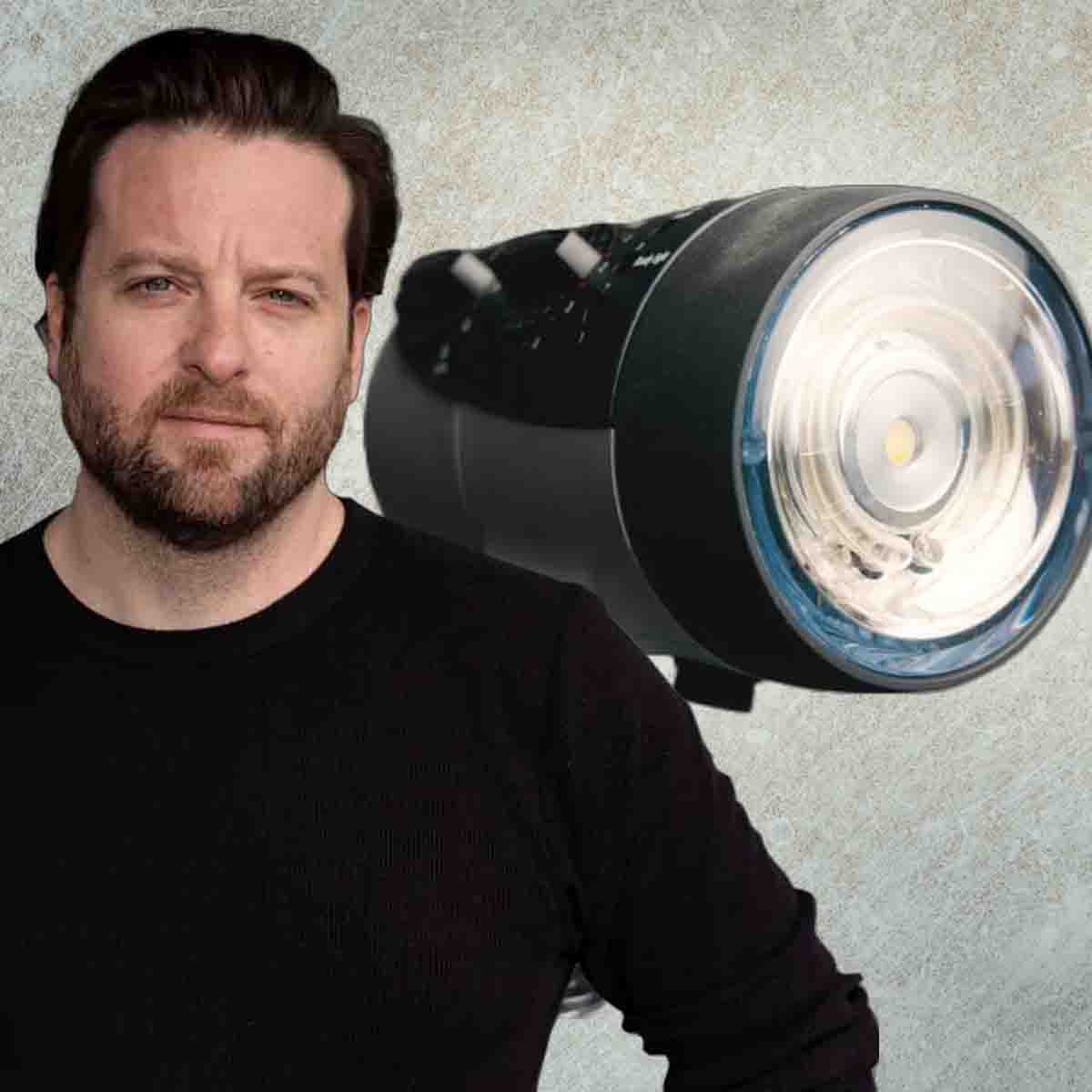
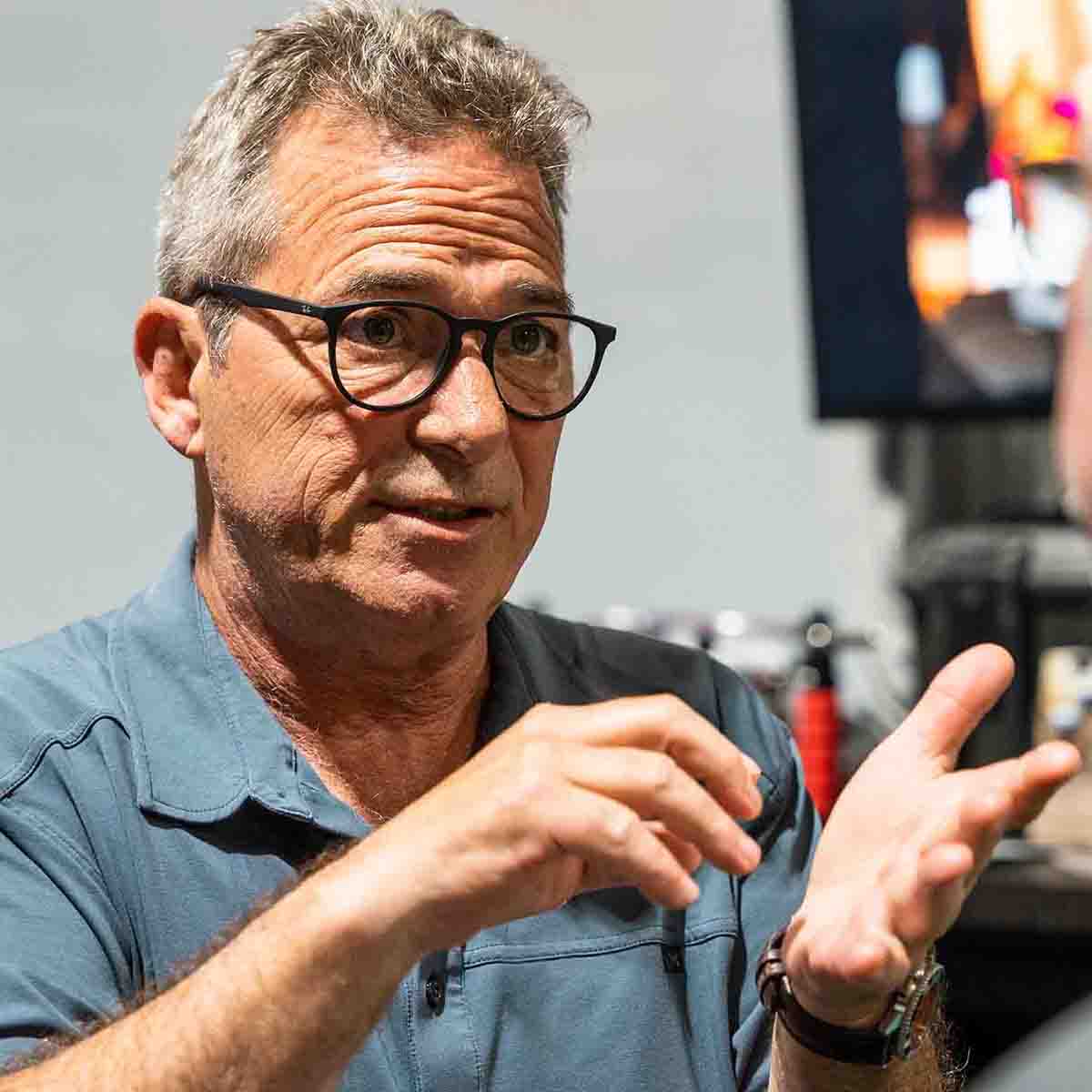
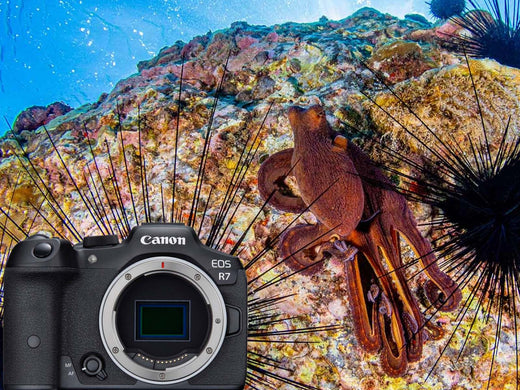
![Laowa 10mm Underwater Review // First Impressions [VIDEO]](http://www.ikelite.com/cdn/shop/articles/Laowa_10mm_First_Impressions_Cover.jpg?v=1722538628&width=2000)
![Canon R5 II Initial Impressions for Underwater Photographers [VIDEO]](http://www.ikelite.com/cdn/shop/articles/Canon_EOS_R5_II_Features_Cover.jpg?v=1724346062&width=2000)